English Overview
Reading
It is our intention that young people leave TDA with a passion for and understanding of the power of English language and literature.
Our students will experience a carefully sequenced and ambitious curriculum that covers the breadth of skills and knowledge from Key Stage 2 to Key Stage 5. We focus on reading fluency from the beginning of Key stage 2 to ensure that our students can access our diverse and challenging curriculum. From Key Stage 3, our topics are taught over three terms to allow for literary, language and contextual knowledge to build alongside a skill base allowing students to make the best progress, transfer key knowledge to their long-term memory and be able to apply them fluently.
As a result, we equip our learners to become curious, effective communicators with a secure knowledge of the world around them.
Key Stage 2
Every school day begins with a reading lesson for every child. These lessons are fully aligned with the National Curriculum for English including word reading and comprehension. The curriculum has been carefully designed to ensure that knowledge and skills are progressively built upon each year. High quality literature has been selected for each year group, providing opportunities for teachers to enhance decoding, vocabulary and comprehension skills. Further detail about the text progression is included in the whole academy curriculum plan. In addition to these lessons, children develop their reading during writing lessons (see writing overview). In the afternoon, they apply their reading skills to wider curriculum areas.
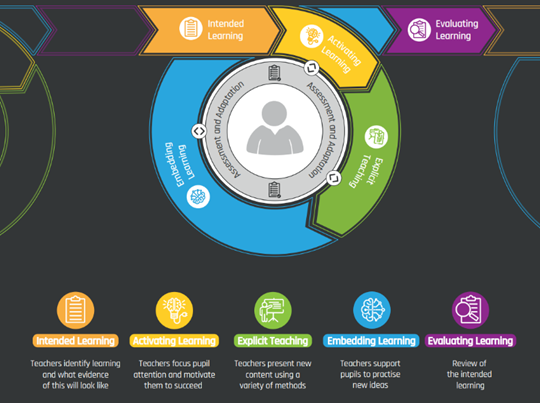 Lessons are planned and delivered using the Trust pedagogical model (see diagram)
Lessons are planned and delivered using the Trust pedagogical model (see diagram)
Teachers deliver their lessons using a range of tools such as modelled reading and paired reading. The model ensures that children are able to apply reading skills with increasing independence.
Here are some of the texts taught in each year group:
Year 3: 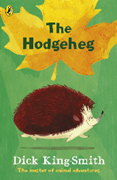
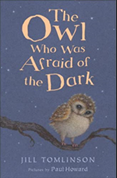
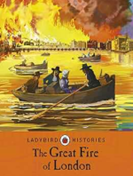 Year 4:
Year 4: 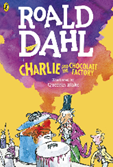
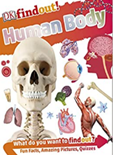
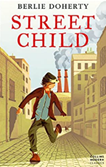
|
Hodgeheg by Dick King-Smith The Owl Who Was Afraid Of The Dark by Jill Tomlinson The Great Fire of London –Ladybird Histories
|
Charlie and the Chocolate Factory by Roald Dahl Human body (DK) Street Child by Berlie Doherty |
Year 5: 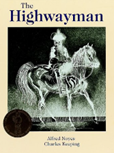
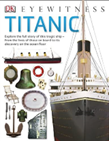
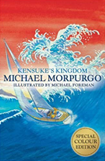 Year 6:
Year 6: 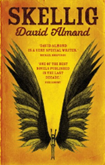
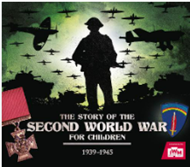

|
The Highwayman by Alfred Noyes Titanic (DK eyewitness) Kensuke’s Kingdom by Michael Morpurgo |
Skellig by David Almond The Story of the Second World War by Peter Chrisp Private Peaceful by Michael Morpurgo
|
Early Reading
A COMPLETE PHONICS RESOURCE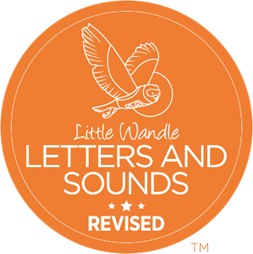
TO SUPPORT CHILDREN
At TDA we believe that all our children can become fluent readers and writers. This is why we teach reading through Little Wandle Letters and Sounds Revised, which is a systematic synthetic phonics programme.
We start teaching Little Wandle Foundations using the rapid catch-up program to those children who require it. We follow the Little Wandle Letters and Sounds Revised progression, which ensures children build on their growing knowledge of the alphabetic code, mastering phonics to read and spell as they move through school.
As a result, all our children are able to tackle any unfamiliar words as they read. At TDA, we also model the application of the alphabetic code through phonics in shared reading and writing, both inside and outside of the phonics lesson and across the curriculum. We have a strong focus on language development for our children because we know that speaking and listening are crucial skills for reading and writing in all subjects.
We teach reading practice sessions three times a week. These:
-
- are taught by a fully trained adult to small groups of approximately six children
- use books matched to the children’s secure phonic knowledge
- are monitored by the class teacher, who rotates and works with each group on a regular basis.
Each reading practice session has a clear focus, so that the demands of the session do not overload the children’s working memory. The reading practice sessions have been designed to focus on three key reading skills:
-
- Decoding: teaching children to use phonic knowledge to read words
- Prosody: teaching children to read with understanding and expression
- Comprehension: using dialogic talk to help children to understand the text.
The decodable reading practice book is taken home to ensure success is shared with the family.
Writing
At TDA we believe that every child is a writer. We are passionate about developing every child’s knowledge, motivation and confidence in their writing. We have chosen HFL Education’s ESSENTIALWRITING as the basis of our writing curriculum for years 3-6. This is an ambitious and progressive writing scheme which provides our children with opportunities and tools to write for a range of specific purposes and authentic audiences. As a result, our children feel inspired and ready to write high-quality outcomes within the classroom but also have the knowledge, strategies and confidence to choose to write in their own lives.
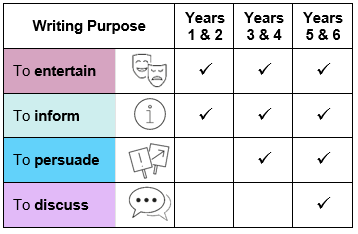
Each year group has 13-16 teaching units, all of which use diverse and high-quality literature as good examples of writing craft and to help to motivate or inspire children to write.
ESSENTIALWRITING is fully aligned with the National Curriculum for English including writing composition, vocabulary, grammar & punctuation for each year group. Each writing unit is progressively structured and centred around the different writing purposes: to entertain; to inform; to persuade and to discuss. The writing purposes are also progressively sequenced across the school (see table, left).
Genres are studied across each year group as follows:
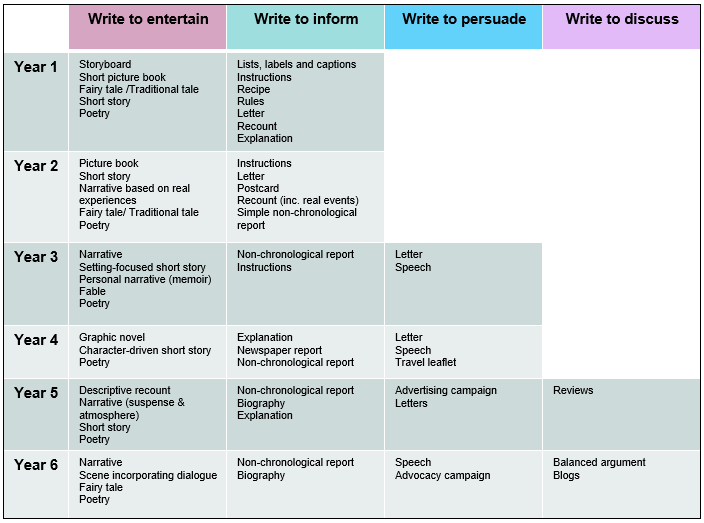
Follow this link to access the statutory content of the English objectives within the National Curriculum: English programmes of study: key stages 1 and 2 (publishing.service.gov.uk).
Alongside ESSENTIALWRITING, at TDA we have adopted Spelling Shed as the basis of our spelling curriculum. ESSENTIALWRITING supports our children to apply this learning in context and build their spelling confidence. Writing models reflect age-appropriate spelling objectives and children are taught how to monitor the accuracy of their writing. Handwriting is also taught. We have adopted the Nelson Handwriting scheme to ensure that every child gains sufficient fluency for writing, with knowledge of accurate letter formation and how to join letters so that they can meet the National Curriculum expectations for each key stage.
 © HFL Education
© HFL Education
